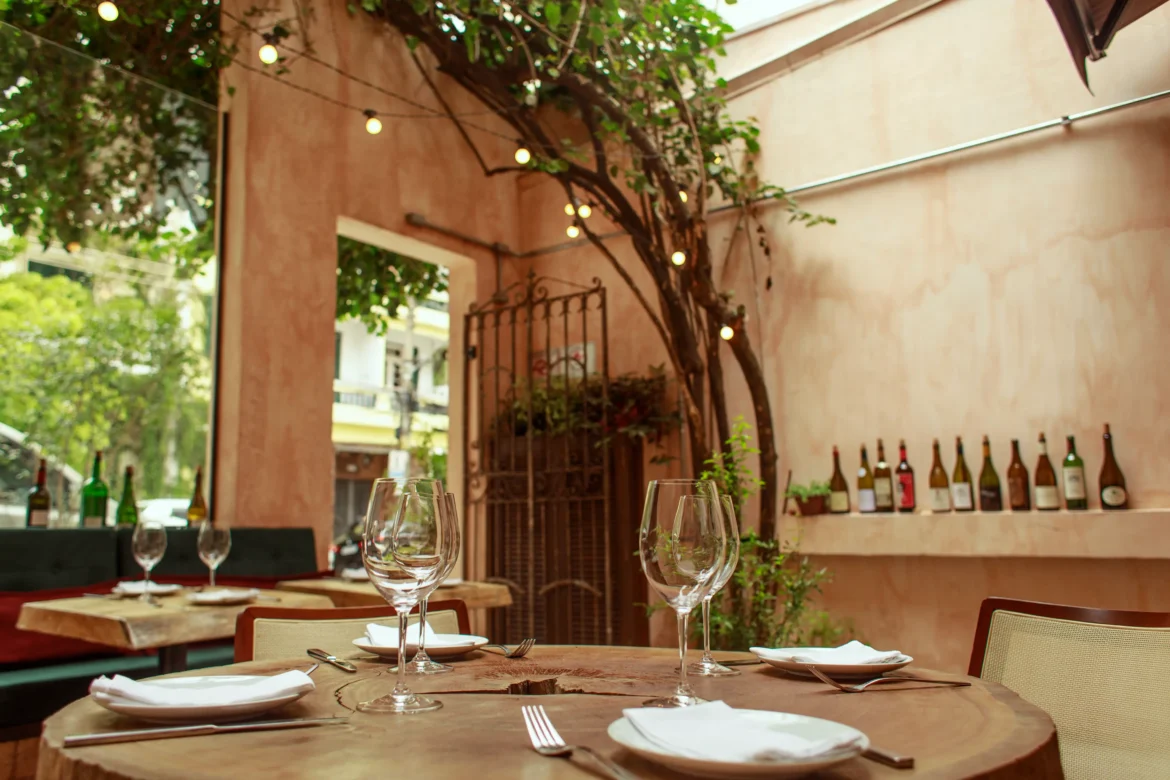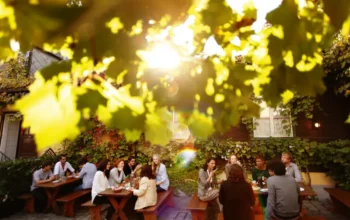Beer with barbecue meat, caipirinha with cassava: that is the culinary image we have of Brazil. But what recent developments on the plate and in the glass are spectacular! On our tour of top restaurants, chefs and sommeliers, we come across the most surprising pairings.
Text: Jacques Hermus
September 2009. On a stage at the convention centre in Bento Gonçalves, southern Brazil, international wine journalists sit on a panel to talk about wines from the state of Rio Grande do Sul. The audience? The Brazilian culinary press, who were amazed to learn about the wines from their own country. Did we, as wine journalists, think we were just tasting some and visiting vineyards, we turn out to be part of a programme ourselves. Everywhere, we are interviewed by local newspapers and even filmed for national television.
In the evening, Brazilians prefer to drink J.P. Chenet's crooked-bottle wine or a cheap Chilean wine. The international chairman of the jury of the local wine competition, a French professor of oenology from the University of Bordeaux, who had spoken highly of Brazilian wines in front of the packed room only in the afternoon, spits out the Brazilian wines at dinner as well and has French champagne poured for him. 'Better than that sweet foamy stuff they make here.'
Italian roots
November 2023. At Charco restaurant in Sāo Paulo, Tuca Mezzomo pours a wine from his native region, that same southern Brazil, with almost every course. With the roasted mushrooms, smoked pumpkin and parmesan, he presents a Guardiāo do Céu by Vanessa Meding from Bento Gonçalves, an orange wine from grape variety moscato giallo. With the jamón ibérico with roasted corn, he serves an Allumé Cabernet Franc by Pizzato, also from Rio Grande do Sul. What stands out? There is a lot of Italian in all those names, from the chef, but also from the grapes and winemakers.
Valley of vineyards
When you get to the town of Bento Gonçalves through the valle dos vinhedos goes, it no longer surprises. The vineyards largely bear Italian names: Miolo, Don Guerino, Don Laurindo, Don Boscato, Lidio Carraro, Pizzato. And in the villages, Italian eateries abound: pizza, pasta and risotto seem more popular than typical Brazilian dishes like feijoada (stew) and even churrasco, the gaucho form of our barbecue. It all has to do with history, of course. From 1875, there was a massive influx of Italian immigrants from Veneto and Trentino, prompted by settlement subsidies from the Brazilian government that wanted to exploit this unpopulated area. The Italians brought with them their farming skills as well as their own vines. Local grape varieties such as ancelotta and teroldego, which seem almost extinct in the homeland today, were planted extensively in Rio Grande do Sul.
Further reading? You can find out more in WINELIFE Magazine, issue 87. You can order this one here.
Don't want to miss a single edition? Subscribe then subscribe to WINELIFE Magazine now!
Want to stay up to date with the best articles? Follow WINELIFE magazine on Instagram, Facebook and sign up for our fortnightly newsletter.




